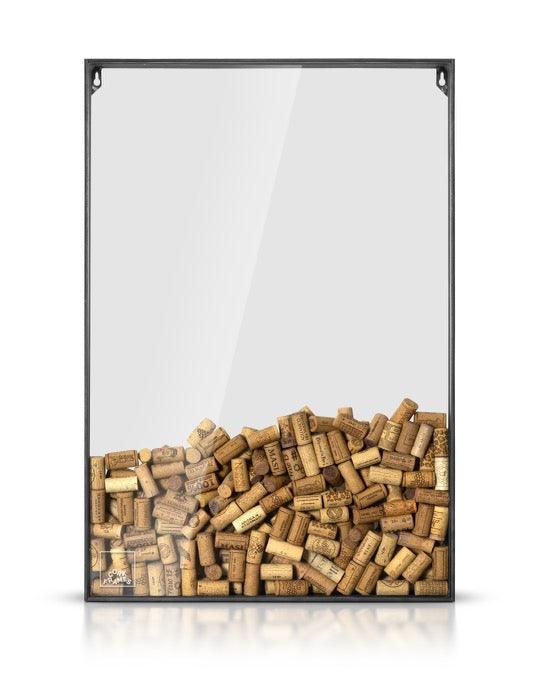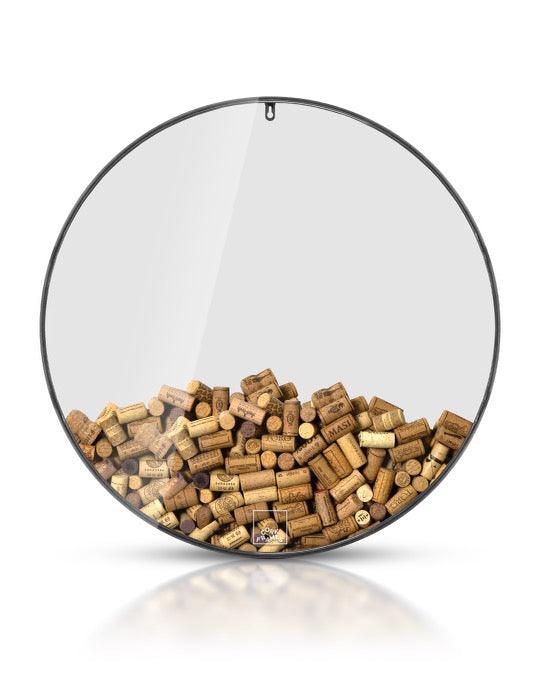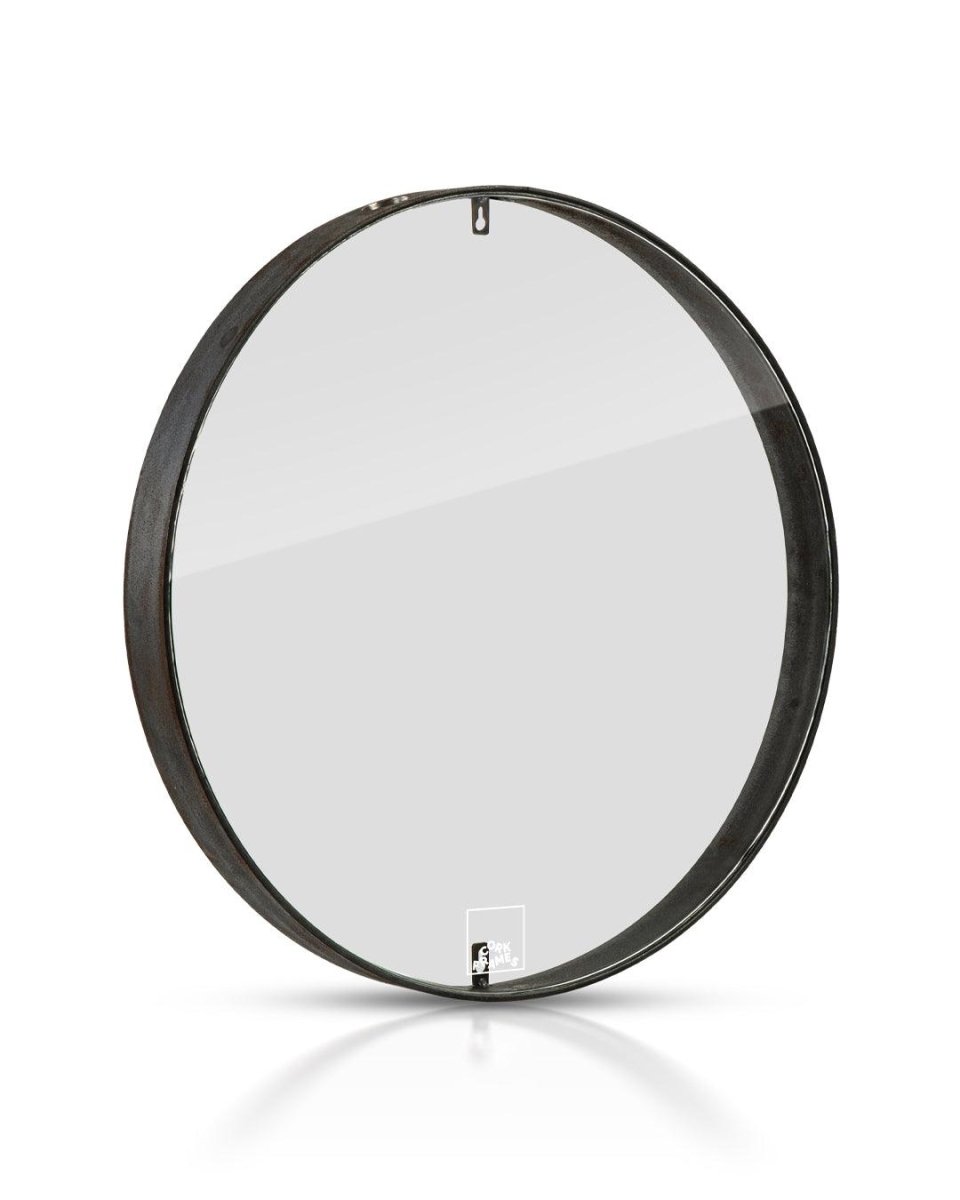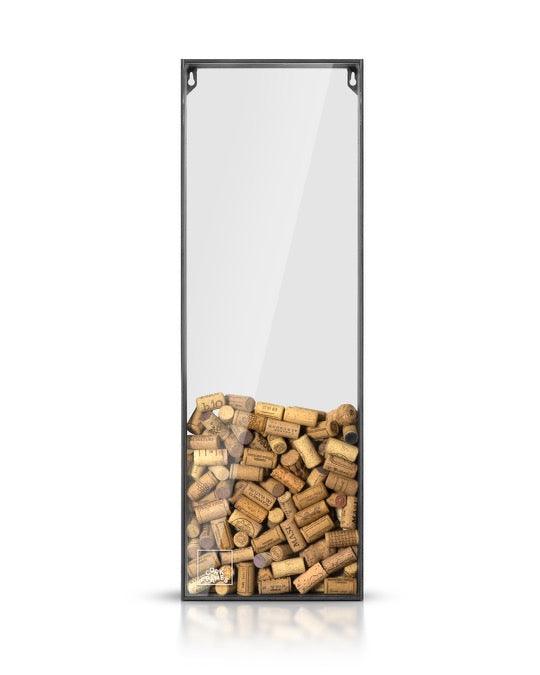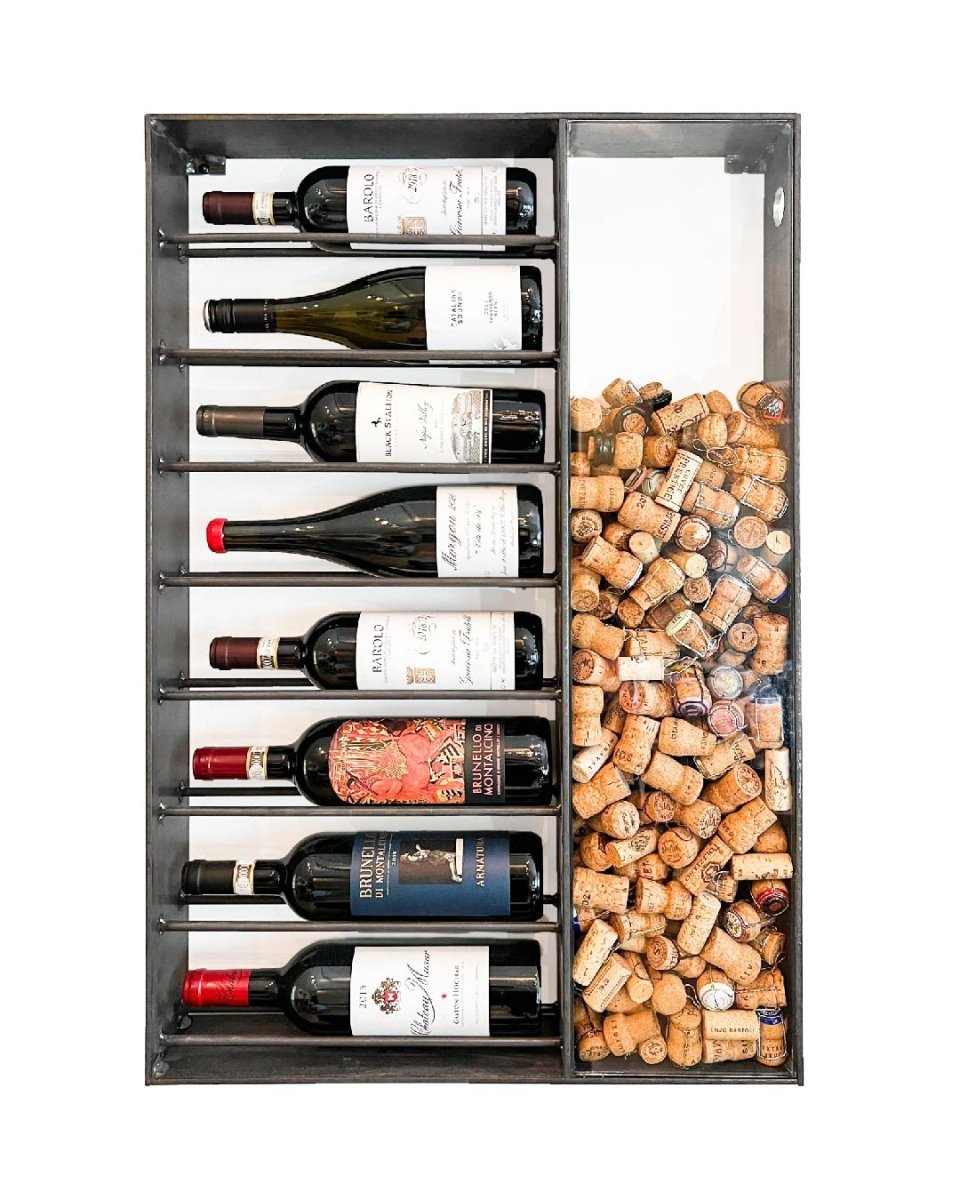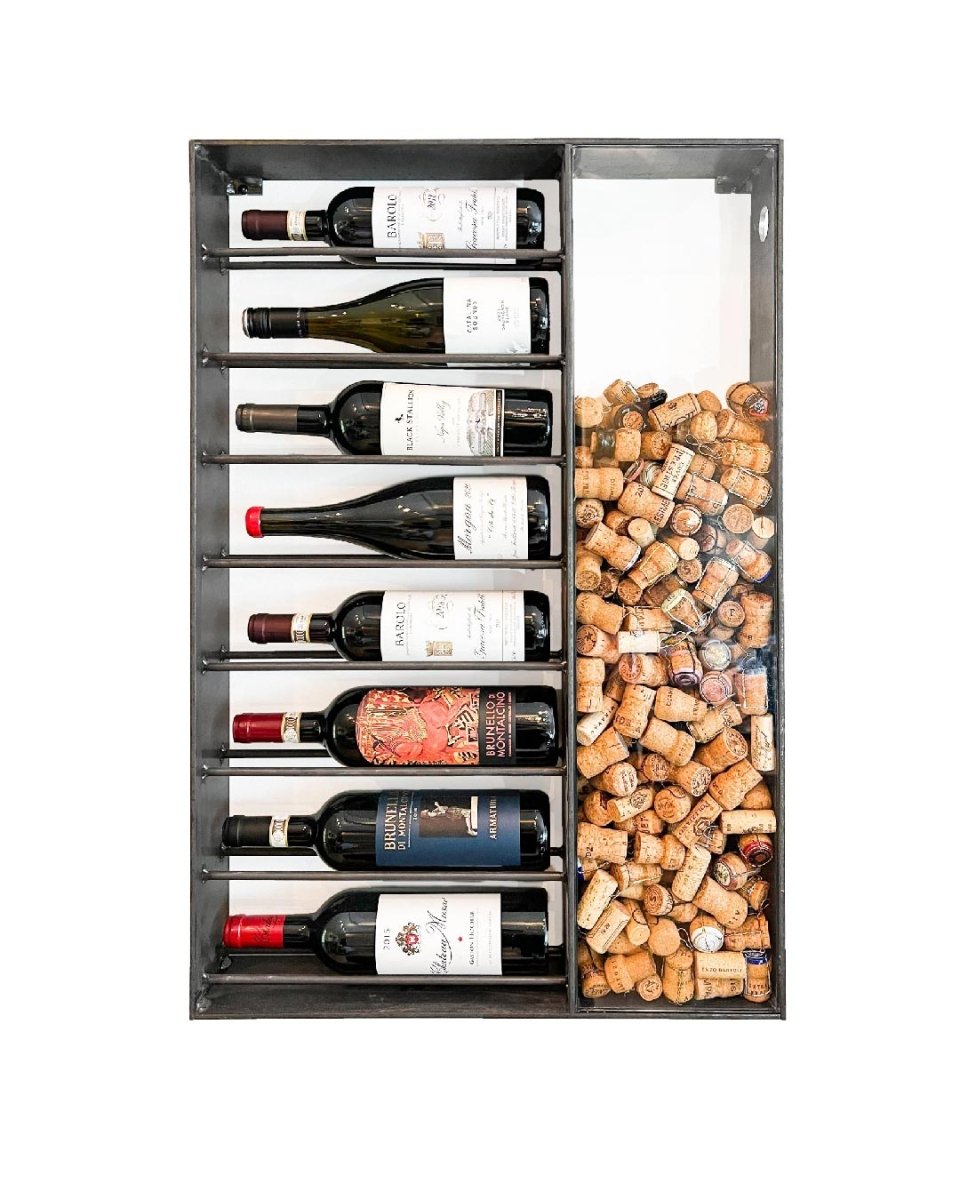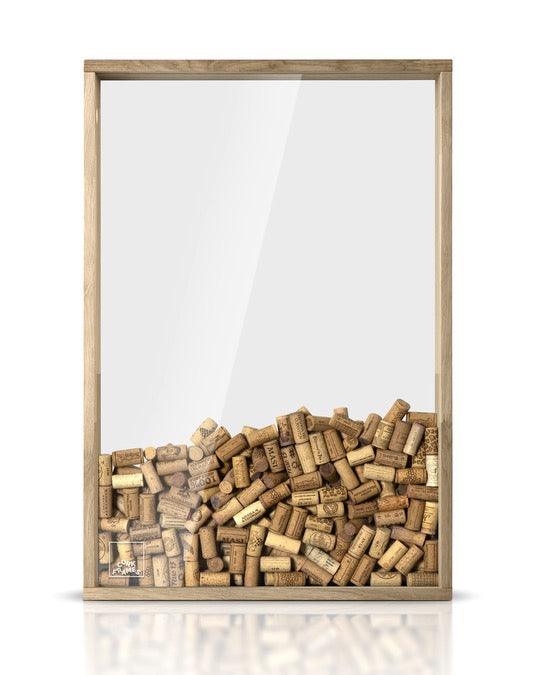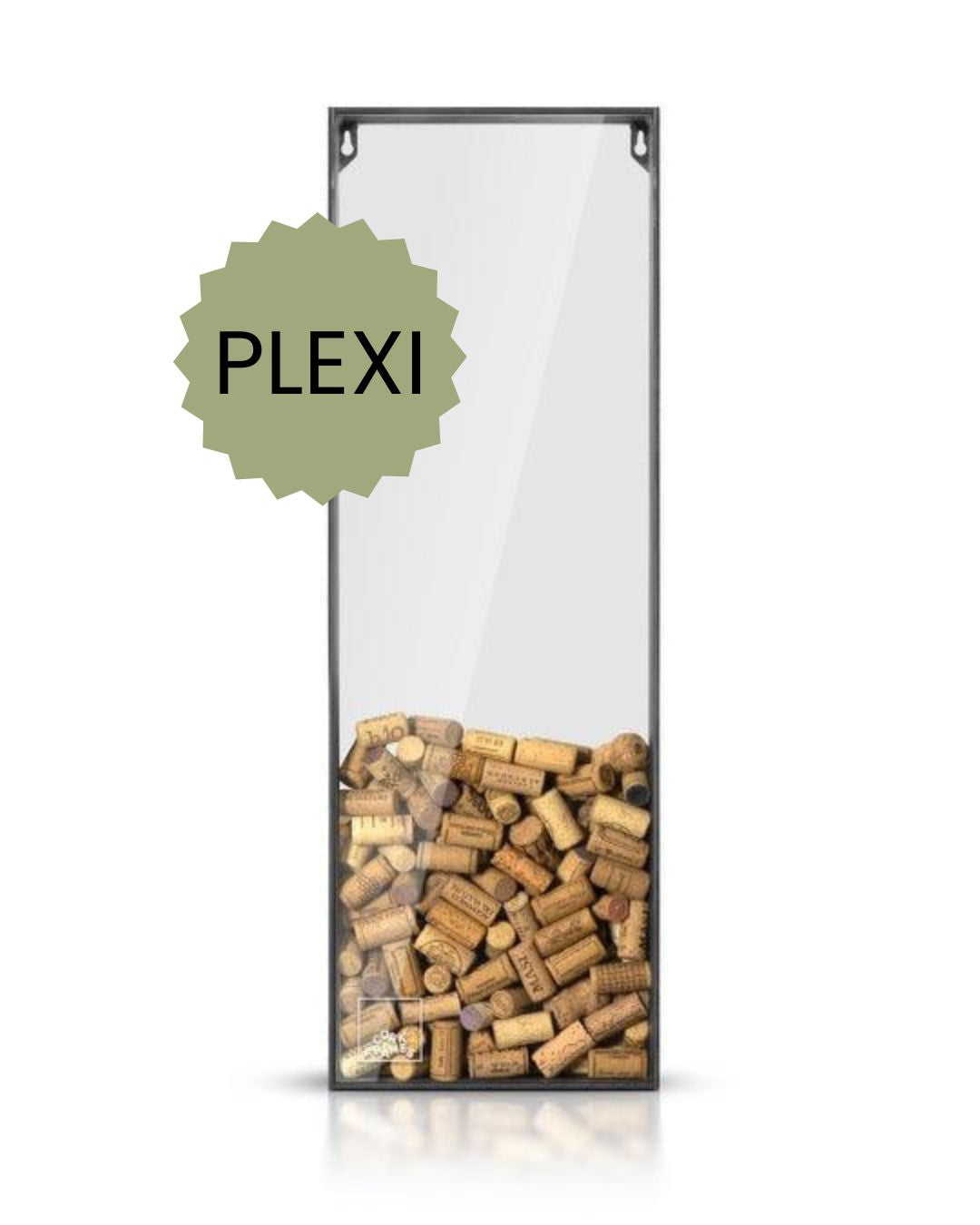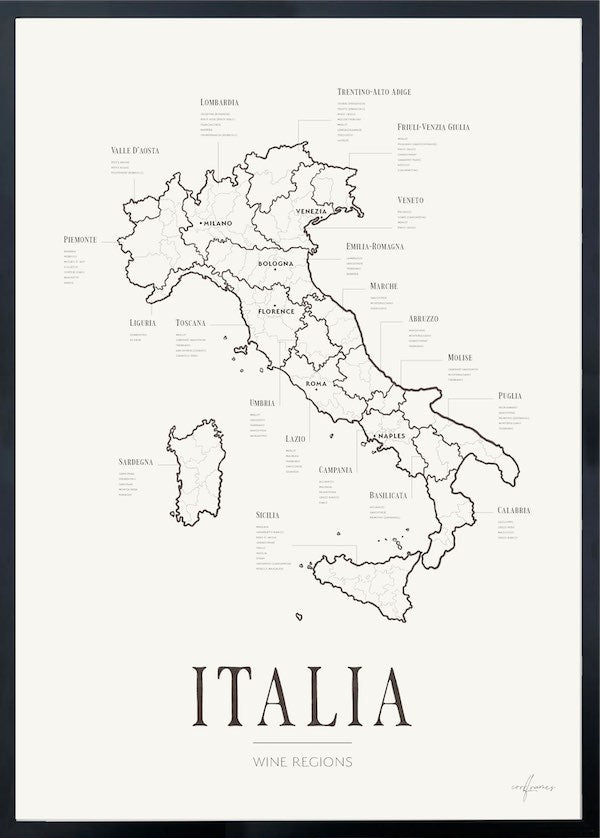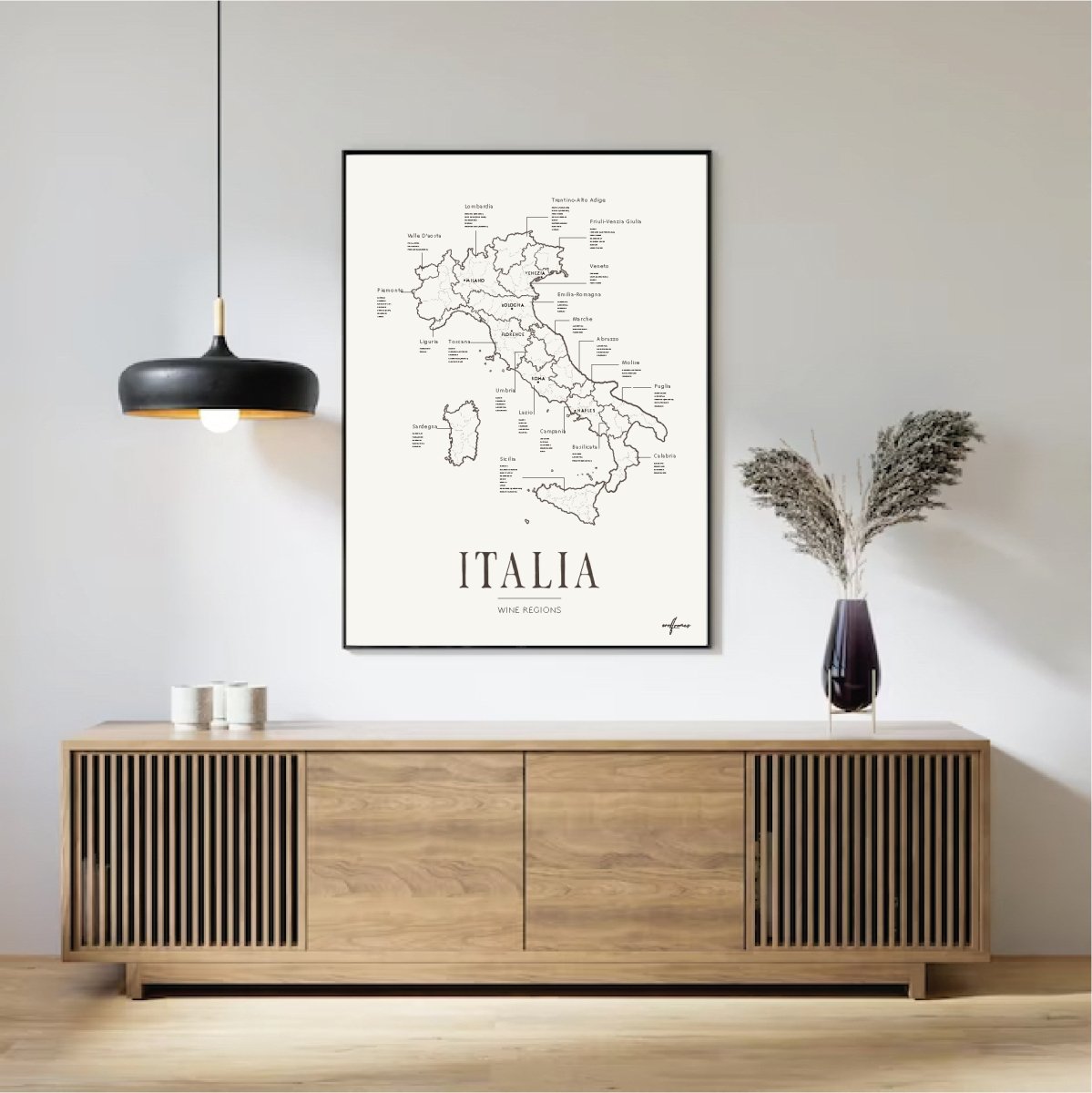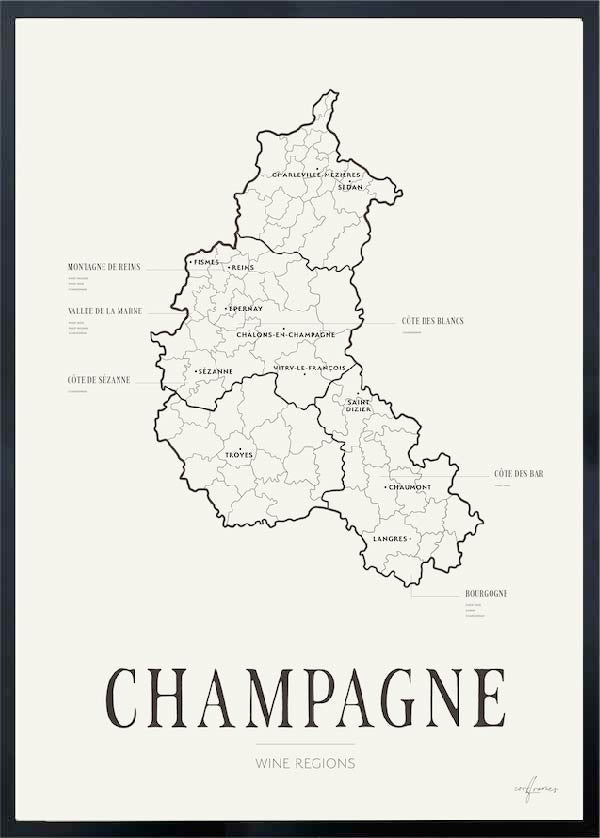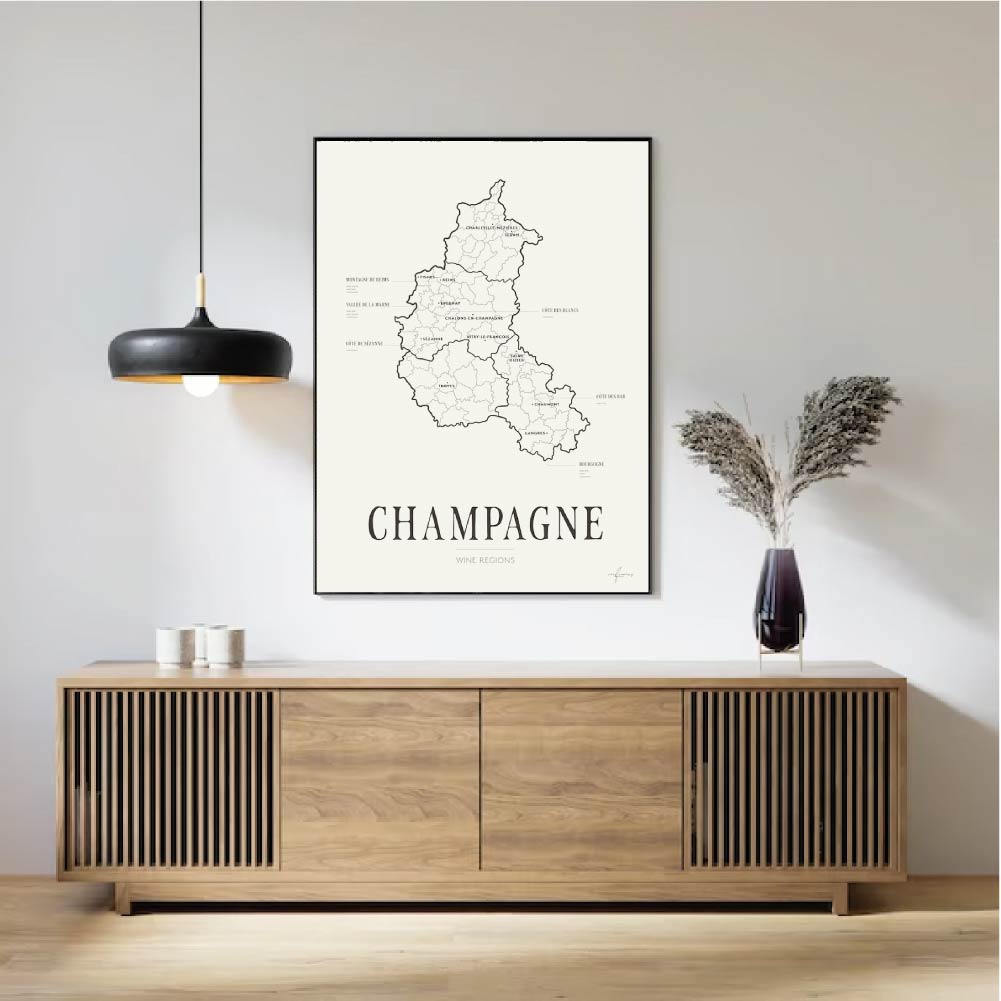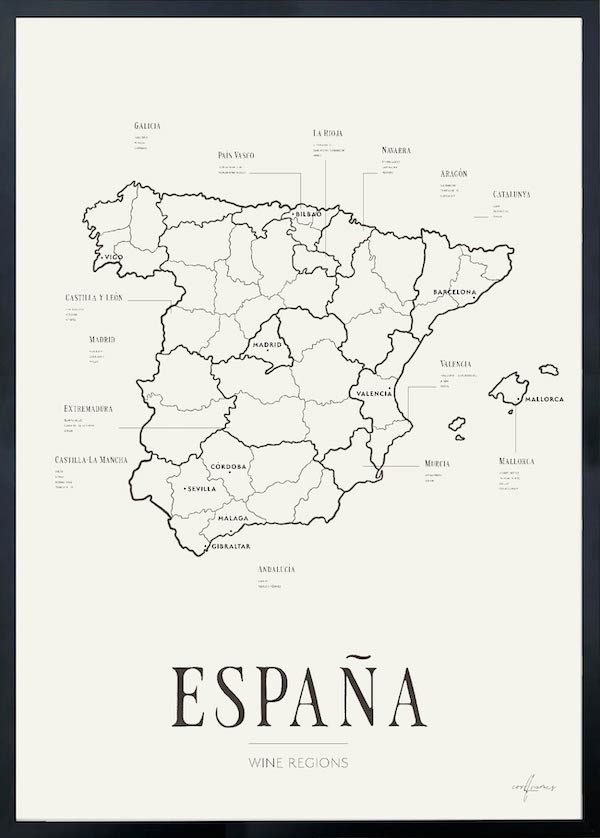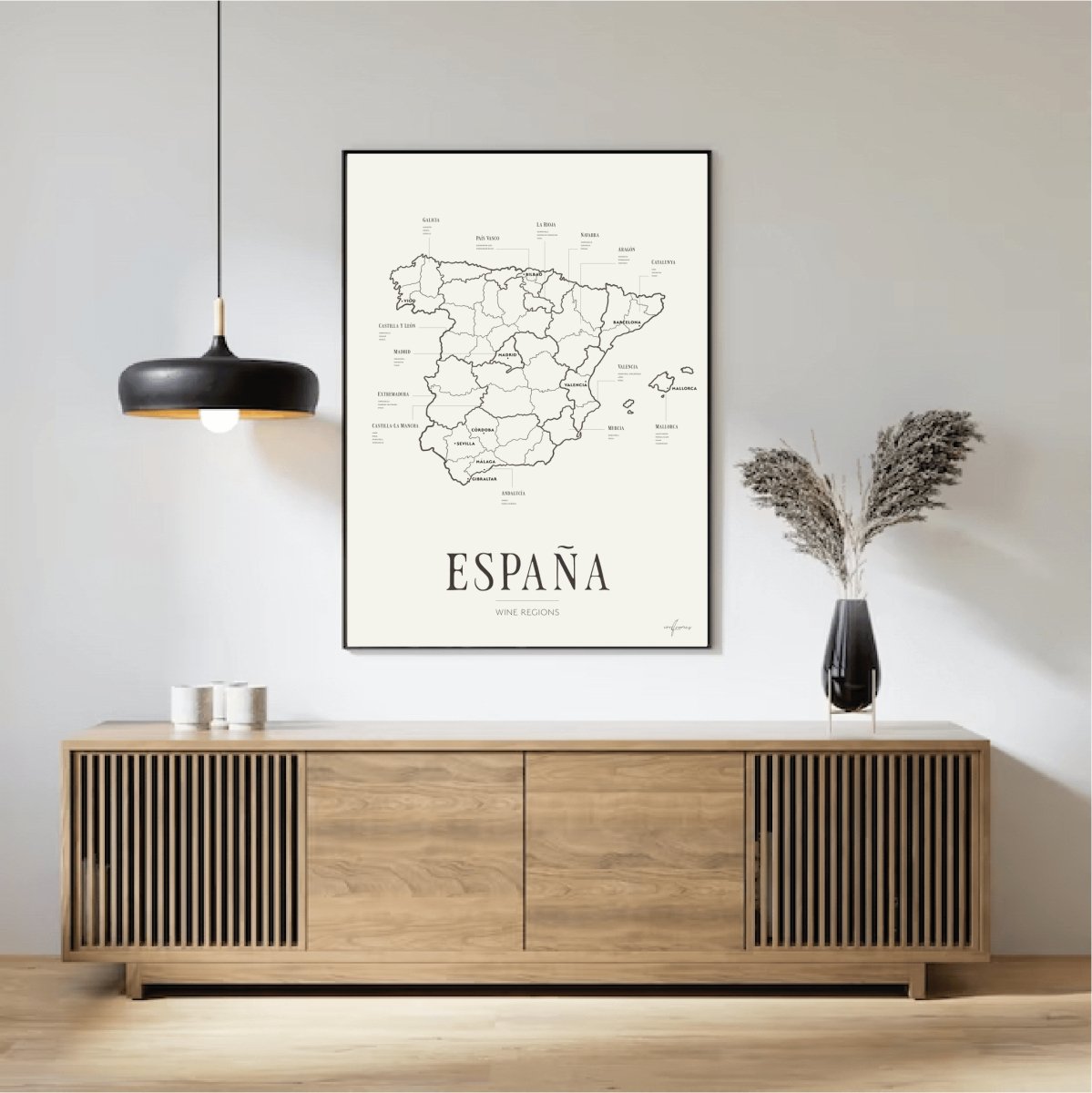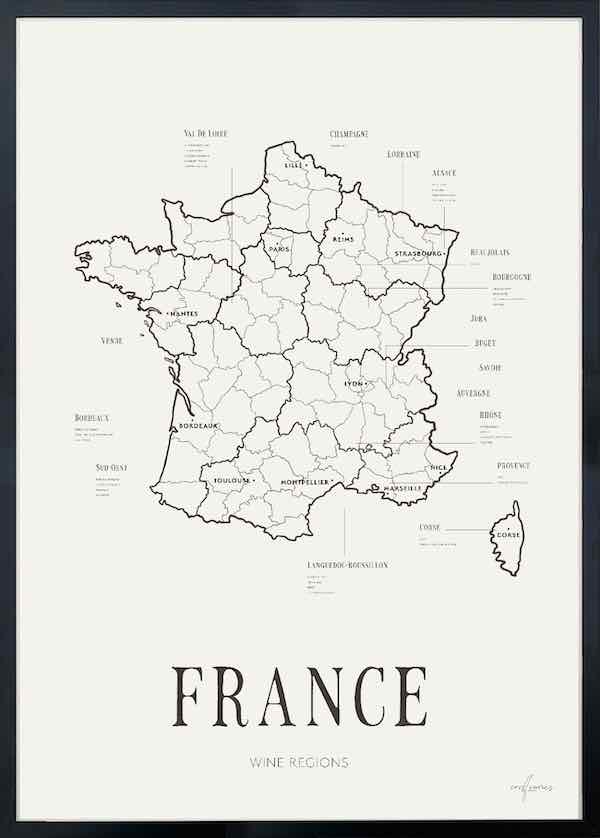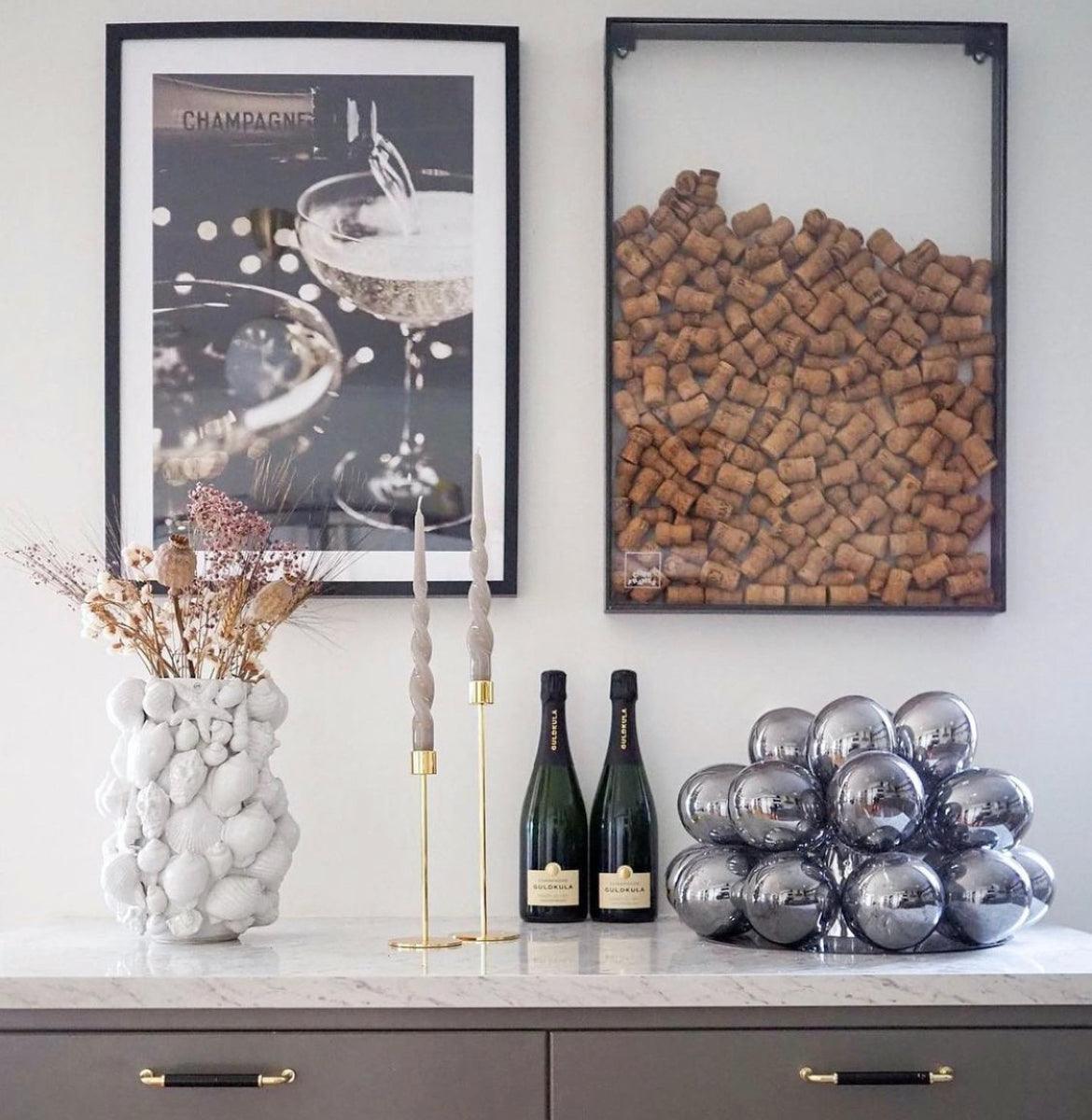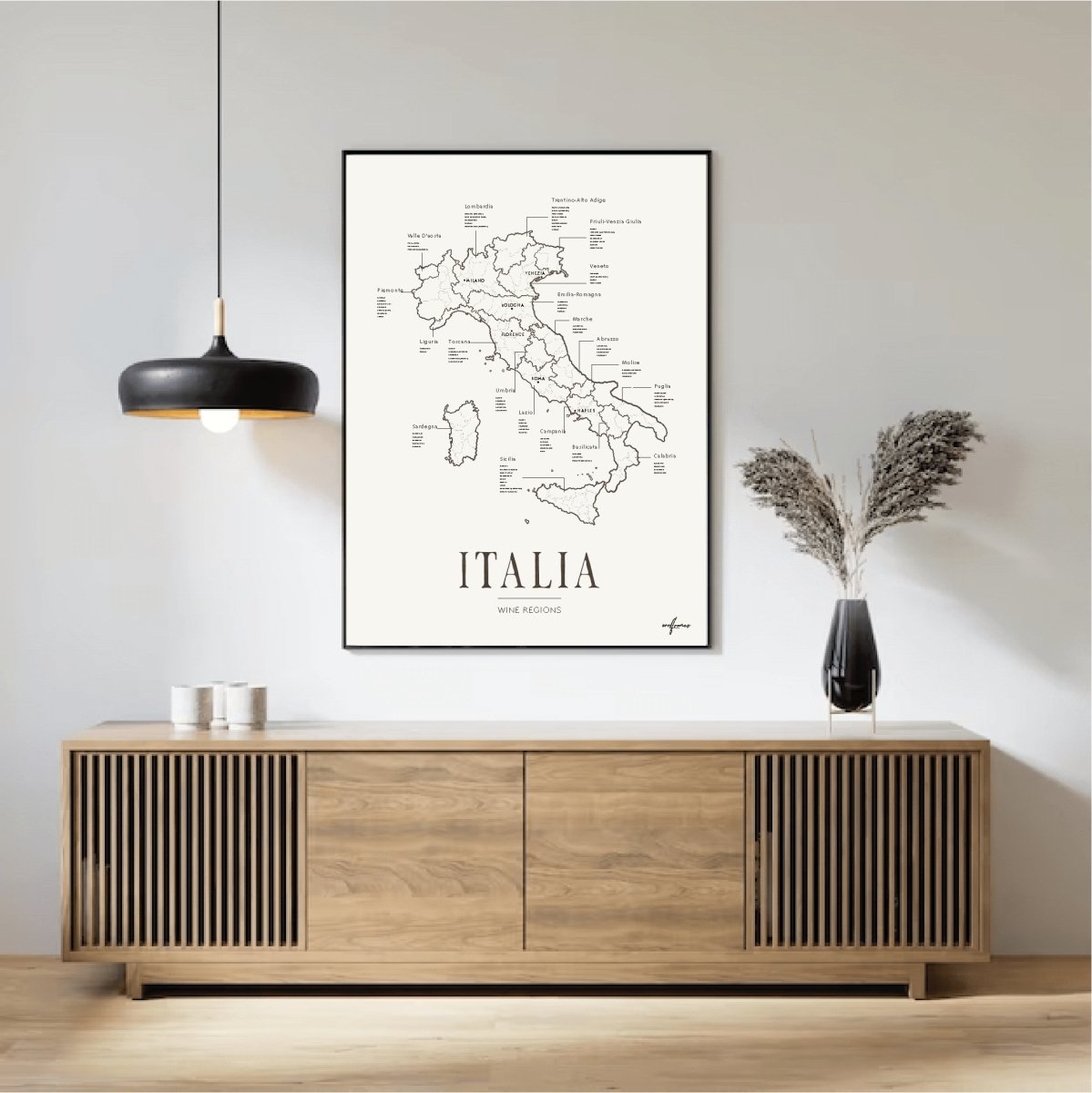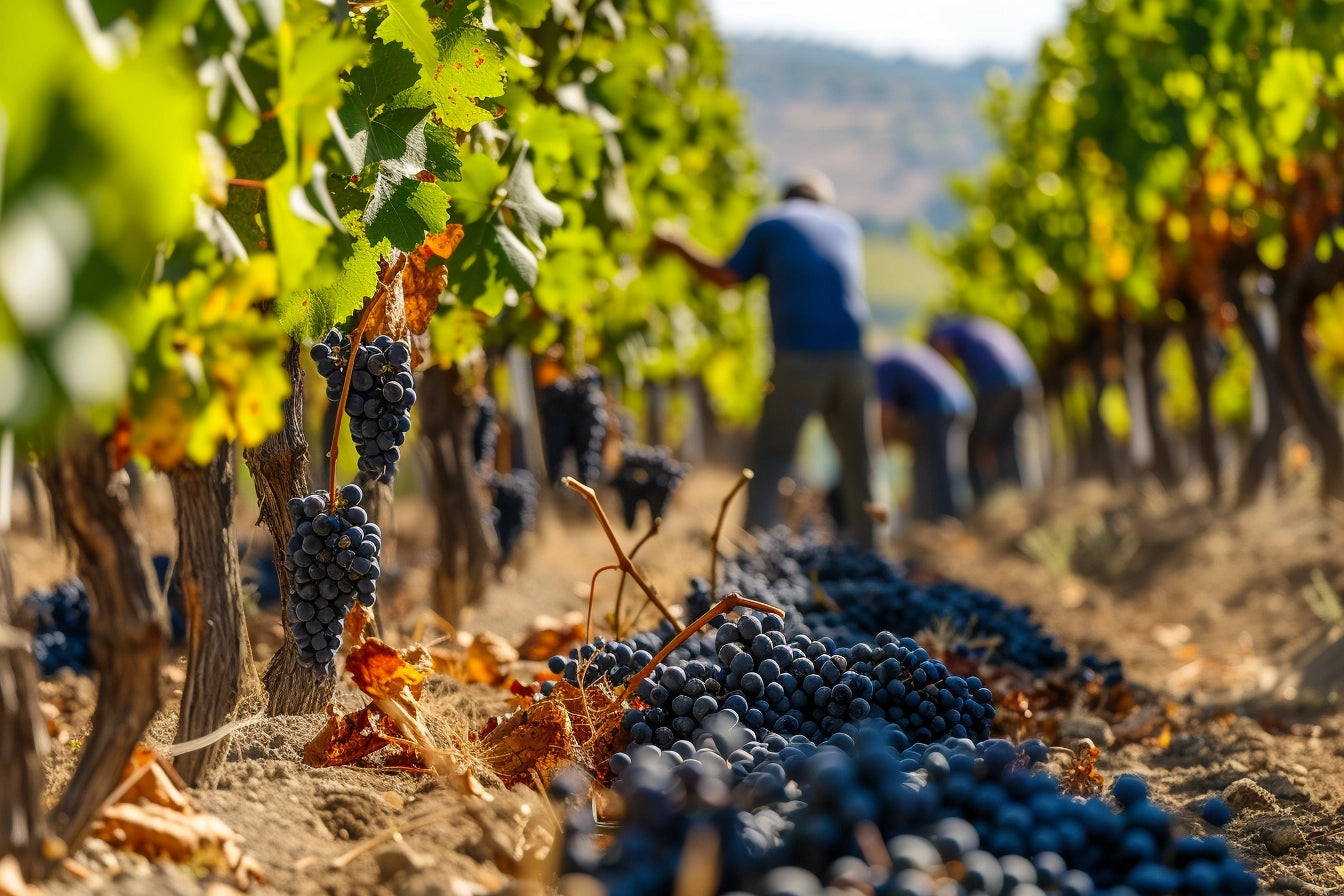In the heart of Normandy, where apple orchards roll over lush green hills, one of the world’s most distinctive spirits is born - Calvados.
This amber-hued apple brandy carries a rich legacy of craftsmanship, terroir, and flavor – a sensory journey that fascinates both curious beginners and seasoned connoisseurs.
A Spirit Rooted in Normandy’s Soul
Calvados is a French apple brandy made in the region bearing the same name. For centuries, cider has been distilled here to create this unique eau-de-vie. The earliest known reference to Calvados dates back to 1553 – long before Cognac rose to fame. The name “Calvados” is believed to originate from a ship in the Spanish Armada – El Calvador – that wrecked off the Normandy coast. The area later took on this name.
During the 19th century, production grew steadily, and after World War I, Calvados established itself as a staple of French spirits. Today, it is protected by the AOC (Appellation d’Origine Contrôlée), ensuring both its quality and geographical origin.
How Calvados Is Made
The journey begins in the orchard. More than 200 varieties of apples are used in the region – sweet, bitter, and tart – to create the perfect cider base. In southern Calvados (the Domfrontais area), pears are also commonly included, adding a floral, rounded character.
-
Fermentation – Apples are pressed into juice and allowed to ferment naturally into cider over several weeks.
-
Distillation – Two methods are used: single continuous distillation (typical in most of the region), and double pot distillation (required in the Pays d’Auge, known for producing the most refined Calvados).
-
Aging – The spirit is aged in oak barrels for at least two years, often much longer. During this time, it gains color and complexity, evolving into a truly nuanced beverage.
Tasting the Landscape
A great Calvados is soft yet powerful, with pronounced fruit character balanced by notes of wood, spice, vanilla, and sometimes hints of nuts or dark chocolate. Younger Calvados (labeled “Fine” or “Trois Étoiles”) have a bright apple-forward profile, while older expressions (VSOP, XO, or vintage bottlings) are rounder and more layered.
The hallmark of quality? Balance. The freshness of the fruit must meet the depth of the barrel aging in harmony – and a long, elegant finish is a sure sign you’re sipping something special.
How to Enjoy Calvados
Traditionally, Calvados is served as a digestif. But in Normandy, there’s a charming local custom known as le trou normand – “the Norman hole” – where a small glass of Calvados is sipped between courses to refresh the palate.
Today, Calvados is also making waves in modern mixology. Bartenders are using it as a fruitier alternative to whisky or Cognac in cocktails. Try a Calvados Sour, or pour it over ice with a splash of dry cider for a refreshing apéritif.
A Drink to Discover – and Preserve
Much like a cork from a cherished wine bottle, a bottle of Calvados can hold a memory. It’s a drink to share, to reflect with, or to give as a thoughtful gift to someone who appreciates heritage in a glass.
So the next time you're seeking something meaningful – or a liquid keepsake worth saving – reach for Calvados. It’s more than a spirit. It’s the taste of a landscape, a legacy in motion, and perhaps the beginning of your next wine memory.




